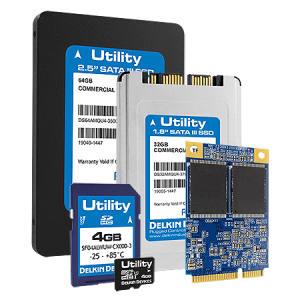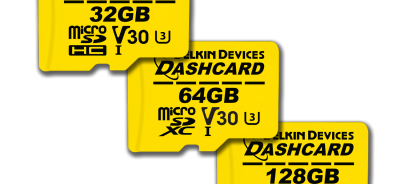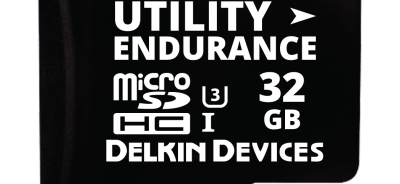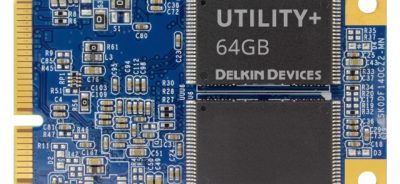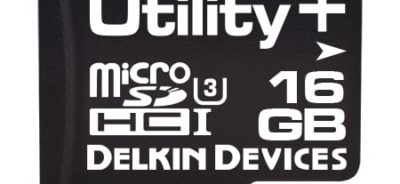Facts about Flash Storage
Flash storage is a form of memory that is found in an enormous array of devices. It is a nonvolatile form of memory, meaning that it can store data even when the system is turned off. This is a huge advantage over DRAM and other forms of volatile data storage. Flash storage uses cells to store data that are written using an electrical charge on cards that are usually embedded in an application. You can find flash storage in everything from consumer devices, like cameras and smartphones, to industrial applications in healthcare, transportation, digital signage, and many other fields.
Flash Storage vs. Hard Disk Drives
One of the reasons why flash has become so popular is its reliability compared to hard disk drive (HDD) systems. HDDs have a spinning disk on which data are written and read. The spinning disk can hold more information than most flash storage devices, but it is inherently prone to issues because of the mechanical component. Having the mechanical component also makes HDDs more prone to failure in environments in which there is a high level of shock or vibration.
Flash doesn’t have moving parts, so the concerns about a mechanical failure are completely alleviated. Since no disk has to spin to read or write data, flash storage is also much faster than HDDs. Speed and reliability have made the transition to flash storage a no-brainer for many OEMs.
Types of Flash Storage
Flash comes in both NAND and NOR formats, though NAND flash is much more widespread. With NAND flash, there are multiple grades. Single-level cell flash, or SLC flash, refers to flash memory in which a single bit of data is stored on each cell. This reduces the risk of data loss and ensures the highest possible operating speeds. SLC flash is usually used in industrial grade applications. MLC flash, or multi-level cell flash, stores two bits of data per cell. Although this means that read and write processing is slightly slower, it still provides a high degree of speed and data security. TLC flash, or triple-level cell flash, stores three or more bits of data on each cell. This kind of flash is primarily used in the consumer market.
At Delkin, we offer a variety of embedded flash storage products designed for industrial applications that need fail-safe data storage and security. Get answers to all of your questions about flash storage by contacting our team today.
 Login
Login Register
Register


